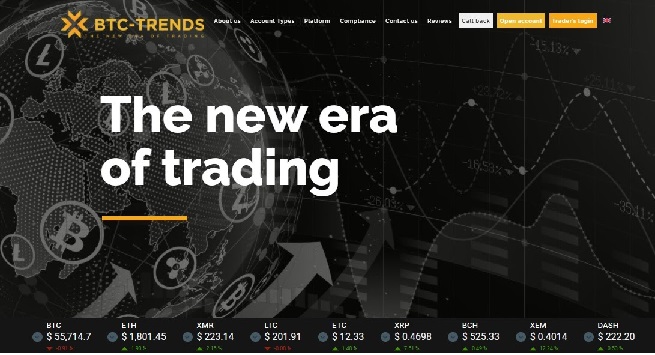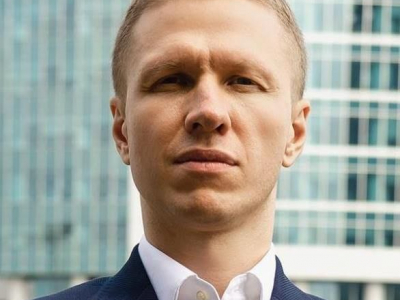The bitcoin exchange rate temporarily exceeded $10,000 four days before halving. On 12 May, the inflation rate in the bitcoin network is scheduled to decrease from 3.6% to 1.8%.
The first cryptocurrency rose in price to $10,000. On 7 May 2020, the bitcoin exchange rate temporarily exceeded $10,000. Currently, bitcoin is trading at $9,895. Since 12 March when the price of bitcoin almost halved the cryptocurrency added more than 177%. The capitalization of emitted 18,368,500 bitcoins (out of 21,000,000 coins provided by the architecture of the network) is approaching $182 billion.
Investors believe that the bitcoin price growth is due to the upcoming decrease in the reward to miners (halving), which will take place on 12 May. The halving in the bitcoin network occurs every 210,000 blocks mined. The previous reduction in rewards to miners took place in 2016 when miners began to receive 12.5 BTC for the mined block.
It is expected that halving will lead to bitcoin price growth in the long term. Miners, whose revenue will be down after the halving, seemingly will not sell minted coins. It will result in the reduction of supply of new bitcoins to the market and lead to an increase in demand for cryptocurrency. Also, the halving will lead to the shutdown of inefficient machines, whose profitability will fall below the breakeven, Messari analysts predict. Redistribution of the hashrate is also expected. Mining farms will be relocated to regions with cheaper electricity in order to reduce capital costs.
However, even $10000 for a coin may not be enough for the survival of many mining companies. According to a recent study published by Tradeblock, the price of bitcoin should be around $12500 or higher, which is the breakeven level for the vast majority of miners.











